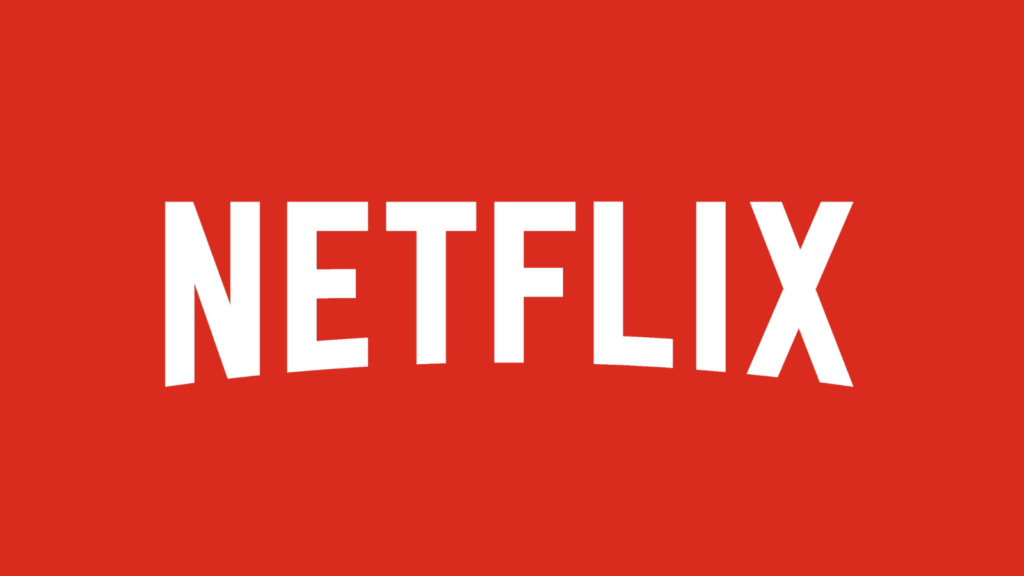It has been roughly a year since Q1 2022 closed out, followed by Netflix’s disastrous earnings call in late April disclosing a 200,000 subscriber loss in the quarter and a dark forecast of more to come.

The company has since returned to sub growth, but that April stumble inspired the entire media business to cut costs and staff as it emphasized profitability over sub growth. While that journey continues today, this week’s reports that Netflix has hit 1 million MAUs for its ad-supported tier launched in November reminds us that monetization remains top of mind, even if it means slower paid sub growth. Netflix has always said that it expects the new ad tier to grow slowly over time, and that seems to be bearing out, considering that its ad tier users now appear to represent slightly more than 1% of its entire U.S. and Canada subscriber base. In comparison, roughly 12% of HBO Max’s subs take the cheaper ad-supported option, according to Antenna, so it’s reasonable to assume that Netflix will eventually reach at least 9 million domestic ad tier subs in the next year or two, absent other factors. But much remains up for grabs. And Netflix is making moves that could have unpredictable consequences for the growth of its ad tier, perhaps pushing it into a more positive direction despite its slow start. One notable factor is gaming: This week Netflix disclosed on its blog that it will launch 40 video games in 2023, with 70 games in development with partners and another 16 through its recently acquired in-house gaming studios. That’s on the heels of releasing 55 games since launching its gaming division in November 2021. That’s a lot of games, and every single one of them could be a vehicle for advertising integration, a growing revenue stream for the gaming industry. While Netflix is nowhere near the scale needed to interest advertisers in its nascent gaming efforts, its ambitious schedule of releases suggests that it may be reaching that scale around the time that its ad tier starts to hit a more substantial sub number that, combined with gaming growth, could offer a good cross-selling opportunity in the next couple of years. And that leads to the next twist: The crackdown on password sharing. Netflix has yet to launch paid sharing in the U.S., but its launch in Canada on Thursday got a ringing endorsement from Wall Street, which pushed Netflix’s stock up more than 10% over optimism that the policy will juice overall revenue. In Canada, the person sharing an account with people outside the household (even family members) now must pay $7.99/mo in Canadian dollars to add them as a paid extra member, with a limit of two extra accounts. If they refuse or have been sharing beyond the limit, those free riders now must purchase a separate subscription. No one knows whether the U.S. crackdown will exactly mimic Canada, but considering that the company treats both markets the same in its regional sub reporting, we expect a very similar policy. At current exchange rates, that suggests a roughly $5.99/mo charge in the U.S. to add an extra member. It could be a nice revenue stream for Netflix, with Leichtman Research Group estimating this week that 27% of direct-to-consumer services are used by multiple locations, with 13% of DTC paid subs sharing with someone outside the household, based on a survey of about 3,500 U.S. households. Next? The crackdown in Canada and perhaps any day now in the U.S. will no doubt affect Netflix’s churn, with analysts already forecasting sub growth volatility for the next couple quarters as a result. But it’s likely that this short-term blip will stabilize relatively quickly as consumers acclimate to the new reality. Netflix didn’t spend 2022 in the depths of despair, instead using that down time to accelerate the ad tier launch (that probably would have happened eventually anyway) and other new businesses like gaming, all to diversify and hedge against fickle consumers. Advertising will continue to fuel additional revenue for Netflix to supplement its core paid subscription business. And it will be interesting to see whether those numbers start to spike in 2023 as Netflix becomes a major player on Madison Avenue. One indication Netflix will take no prisoners: It booked its Upfront event for May 17 in NYC, the same week that all the major TV conglomerates present (and that other smaller players tend to avoid). Not Netflix. It’s out to secure as much ad money as it can for the year, a tactic that’s even more important considering the soft scatter market that plagued 2022. Netflix has already recovered from last spring’s troubles, but this one could be its true Spring Awakening.
